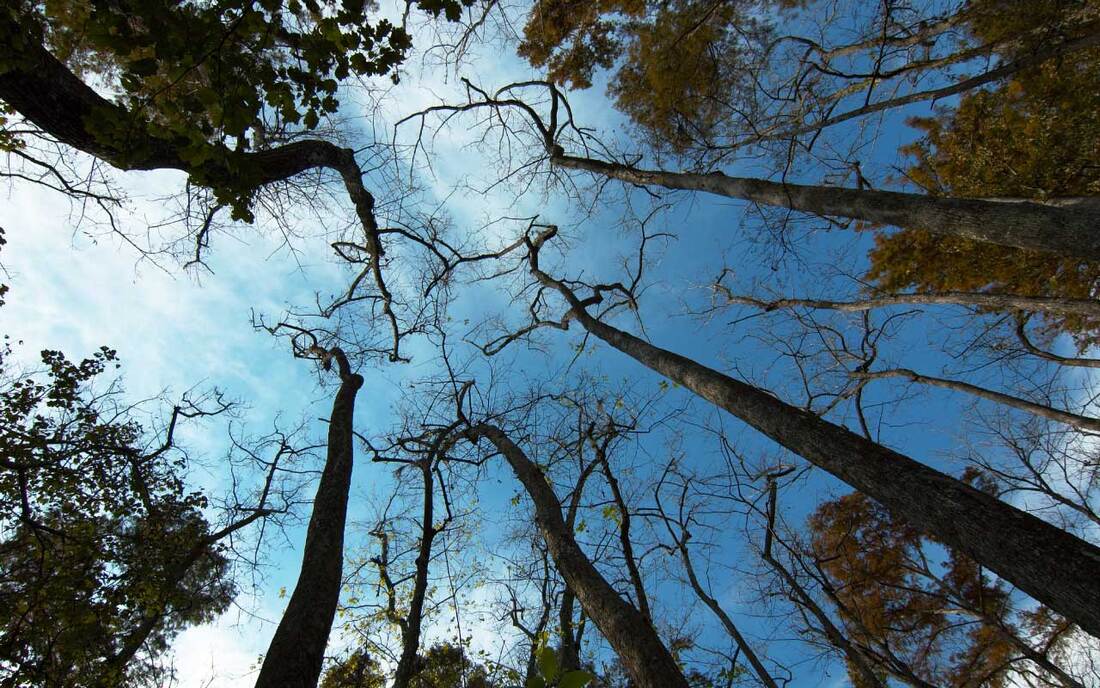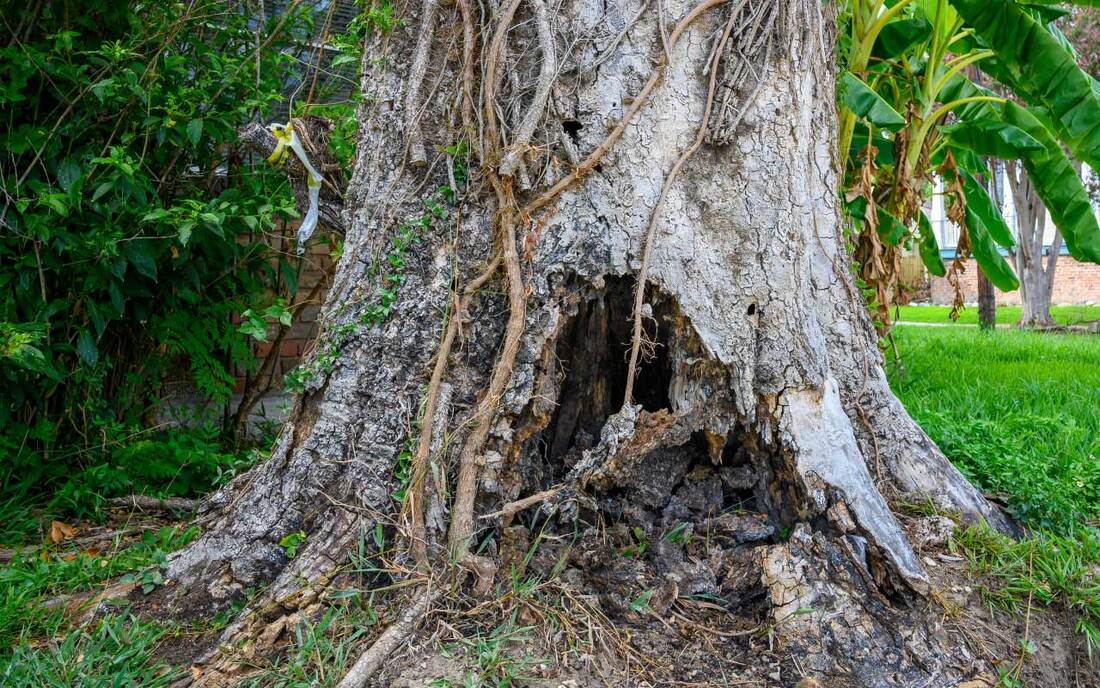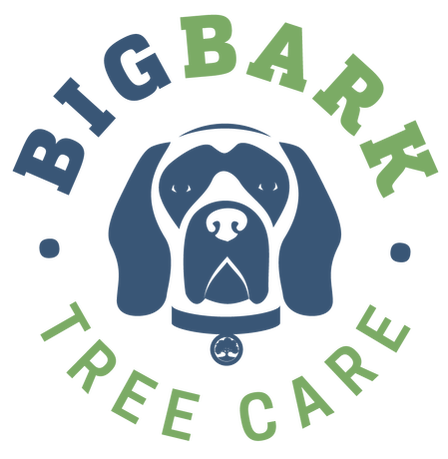|
Have you ever looked at a tree in your yard and thought, "Is it taking a really long nap, or has it shuffled off its mortal coil?" You're not alone! Many homeowners find themselves playing the arborist version of Sherlock Holmes, trying to deduce whether their tree is dead or just very, very relaxed. Here at Big Bark Tree Care, we're all about helping you solve these leafy mysteries—with a hint of humor (just a dash, we promise). The Great Tree Detective: How to Spot a Tree in the Afterlife 1. The Tale of the Silent Buds In the spring, trees should be bustling with activity, popping out buds faster than popcorn at a movie theater. If your tree is more on the "silent movie" end of the spectrum, it might be time to start worrying. A lack of leaves and buds is often the first sign that your tree might be auditioning for a role in "The Walking Dead: Arbor Edition." 2. The Scratch Test: Under the Bark Don your detective hat and gently scratch a small piece of bark from a branch. If you find green, congratulations! Your tree is alive and kicking. If it's brown and dry, well, it might be time to call in the professionals at Big Bark Tree Care. We promise to handle your tree with all the care of a beloved family pet (that doesn't need to be walked). 3. Branches: The Snap Judgment Try bending a few branches. If they snap with a sound reminiscent of eating crackers in a quiet library, they're dead. Living branches, on the other hand, are more flexible than a yoga instructor. Remember, if a branch snaps off and hits you, it might be the tree's way of reaching out for help (or it's just grumpy; trees can be moody, too). 4. Trunk Drama: A Story of Splits and Cracks Inspect the trunk for cracks, splits, and other novella-worthy drama. These signs can indicate a tree's internal struggle, much like reading a teenager's diary. Also, keep an eye out for fungi, which are the equivalent of a tree wearing too much cologne—it's trying to cover something up. 5. The Lean of Doom If your tree is leaning like it's trying to initiate a game of limbo, it might be unstable. This is the tree's last-ditch attempt to catch your attention—like a dramatic exit in a soap opera. At Big Bark Tree Care, we specialize in giving these trees a dignified exit, ensuring they don't accidentally take out your fence on their way down. 6. The Professional Touch: Big Bark Tree Care to the Rescue If all this detective work sounds like a lot, fear not! Big Bark Tree Care is here to take the magnifying glass out of your hand. We've got the expertise to determine if your tree is just being dramatic or if it's truly taken its final bow. Plus, we do it with a smile and the gentle touch of someone who whispers apologies to their plants when they forget to water them. The Final Leaf: When to Say Goodbye Saying goodbye to a tree can be tough. It's like parting with an old friend who's stood silently by your side, offering shade and shelter (and occasionally dropping leaves all over your lawn in a passive-aggressive move). But sometimes, it's necessary for the safety of your home and family. At Big Bark Tree Care, we don't just remove trees; we honor their memory by ensuring the rest of your garden thrives. And who knows? Perhaps there's room for a new sapling to write its own story in your yard—a story we'd be thrilled to help you start. So, if your tree is giving you the silent treatment, showing signs of decay, or just seems a bit too "dead" for your liking, give us a call. We'll bring our expertise, and our commitment to trees (both living and departed) to your doorstep. Remember, every tree has its day—some just need a little help finding their way out. Why Big Bark Tree Care?
Choosing Big Bark Tree Care isn't just about getting rid of a tree; it's about bringing balance to your backyard ecosystem. We're like the garden therapists you never knew you needed, offering services that extend beyond mere tree removal. Whether it's pruning to encourage growth, treating diseases, or offering advice on tree care, we're here to help your garden flourish. Planting the Future: Life After Tree Removal After saying goodbye to your leafy companion, consider the future. With Big Bark Tree Care, tree removal is just the beginning. We can advise on selecting the perfect replacement tree—one that matches your landscape, soil type, and climate. Think of it as a chance to redecorate your outdoor space, with us as your exterior designers. The Eco-Friendly Promise At Big Bark Tree Care, we're not just about removing trees—we're about preserving the environment. We ensure that every part of the tree is recycled or repurposed, from turning branches into mulch for gardens or composting. We believe in a no-waste approach, ensuring that even in death, trees can give back to the earth. Ready for a Help from a Leafy Hand? We understand that dealing with tree issues can be a daunting task. That's why we approach every job with a mix of professionalism and expertise. We believe that tree care is just as important as our chainsaws and pruning shears. So, if you're staring out the window at a tree that might be more suitable for a Halloween decoration than your backyard, it's time to call Big Bark Tree Care. We'll help you determine if it's truly time to part ways with your tree, and if so, we'll handle the process with care, efficiency, and maybe a few bad puns about "leafing" it to the professionals. Conclusion Detecting whether a tree is dead or just taking a lengthy siesta can be tricky, but with the right signs and a bit of guidance, you can become quite the arboreal detective. And remember, whether it's diagnosing a tree's health, performing a tree autopsy, or planting a new seedling to take its place, Big Bark Tree Care is here to help—always with a smile and a commitment to both your safety and the environment. In the end, trees are a vital part of our world—providing oxygen, beauty, and shelter. Let's treat them with the respect they deserve, even in their final days. And when it's time to say goodbye, let's do it with a touch of humor, a dash of dignity, and the professional care that only Big Bark Tree Care can provide. Remember, every tree's departure is an opportunity for new growth. Let's make the most of it, one tree at a time.
0 Comments
|
|
Services |
Contact |
|




 RSS Feed
RSS Feed
